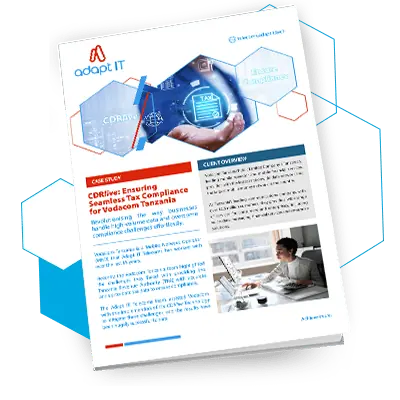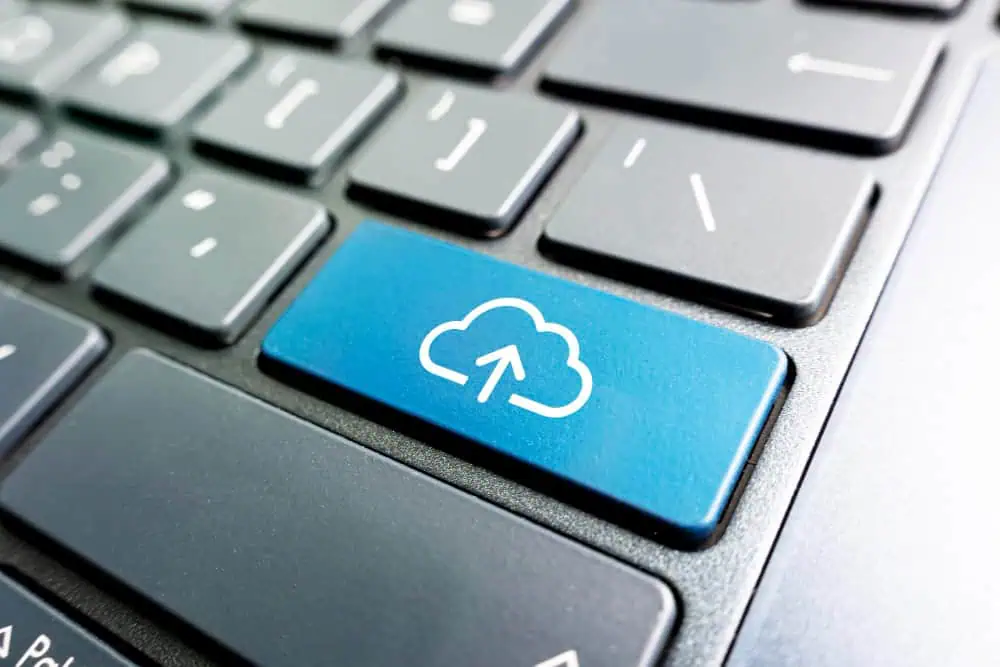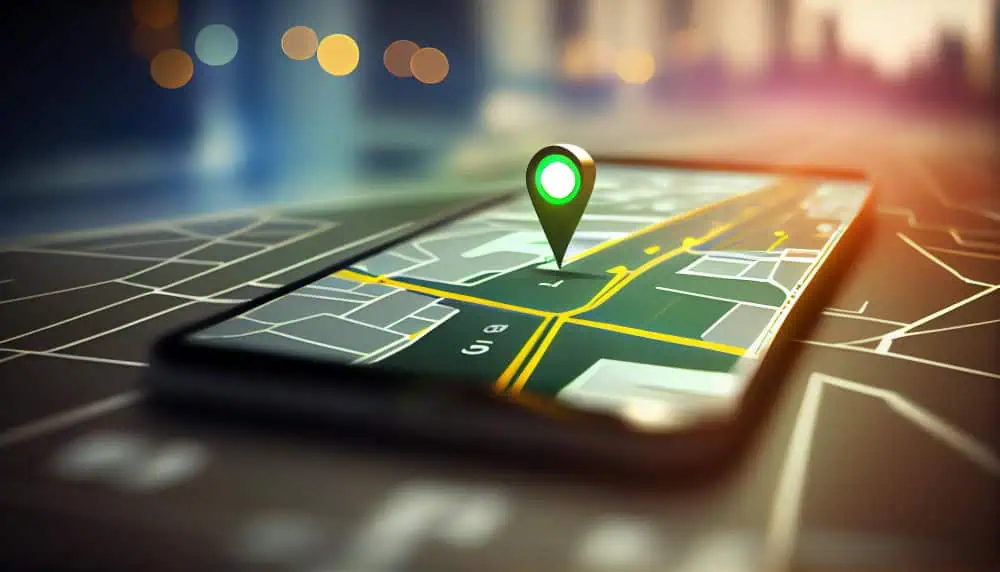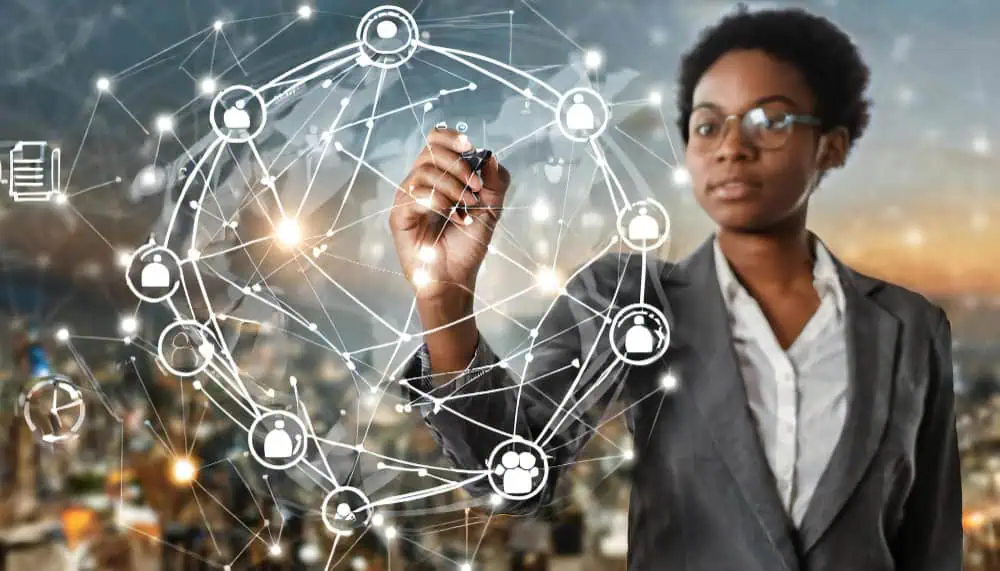Digital transformation is changing the way industries, societies, and the world operates. At the heart of the digital transformation is an increase in mobile connectivity, machines, automation, and a need for faster data processing, all of which is made possible with 5G and IoT. We examine the impact of 5G connectivity on IoT below and what this means for industries, businesses, Telcos, and consumers.
Table of Contents
Toggle5G becomes the foundation for the Internet of Things
The Internet of Things (IoT) refers to connected devices, things, and software that share information, enable communication, and allow for action and interaction through machine learning and automation. Think about the creation of smart cities and the application of smart manufacturing. Millions of machines will need to connect, interact, and work together as part of an IoT network, to ensure that different sectors and industries function optimally and efficiently.
At the centre of IoT is a need for connectivity, reliability, and data processing which is why the 5G mobile network plays such a fundamental role in making IoT possible. 5G enables this connectivity and data processing capability as it offers high-speed transmissions (reaching up to 20 gigabits per second), more coverage and bandwidth, low latency, amplified capacity for remote execution over a wide area, an increase in the number of devices, and smartphones that can connect, as well as enhanced network slicing and edge computing opportunities. Each of these elements enables IoT networks to function effectively.
The evolution and availability of this fifth-generation network will allow for more IoT devices to connect to the network and increase the speed at which these devices can communicate and share data. This technology facilitates innovation and creates new opportunities to diversify offerings, services and optimise processes and operations across all aspects of life and business. What was once impossible, is now possible.
5G and IoT: The Possibilities
5G is making IoT achieve the impossible across industries, and as this technology advances and grows, we can expect to see more innovative ways of doing things being implemented. Many IoT use cases showcase these possibilities across sectors, including:
- Agriculture: we are already seeing the impact of 5G on IoT within the agriculture sector and the development of smart farming practices. This industry is making use of digital technology, data, and insights to optimise farming operations and enhance efficiencies. For example, drones and specialised software are being used to identify crop issues, pests, examine soil properties, etc. From this data and imagery farmers will have the insight needed to optimise planting and harvesting processes.
- Healthcare: 5G spectrum technology is creating a healthcare ecosystem driven by efficiency, effectiveness, and improved patient care. This is largely as a result of faster transmission speeds of critical medical data, information, and insights due to the lower latency and faster download speeds that 5G provides. Patients will be able to be monitored without physical contact using remote monitoring and IoT devices. The use of AR, virtual reality (VR), and robotics will also be used to test and simulate complex procedures and operations to enhance accuracy, and in the future, there are even talks about the possibility of doing remote surgery.
- Manufacturing: the enhanced connectivity and low-latency communication that 5G provides is an asset within a factory setting, especially where there is a large number of interconnected industrial IoT devices that need to exchange data and information in real-time. 5G and IoT allows for almost all assets in a factory to be connected and managed remotely, a process that utilises artificial intelligence (AI). From this process, data can be collected and used to provide actionable insights that can optimise workflows and operations.
- Law enforcement: 5G and IoT will enhance the efficiency of law enforcement and safety. Law enforcement will be able to access and process critical data in the field faster than ever before. Visibility and transparency of data will be more apparent due to the amount of data available and the speed at which officers will be able to access it. IoT devices like drones, security cameras, robotics, etc. will provide valuable insight into dangerous situations while keeping officers safe. Each of these elements impacts the efficiency of law enforcement and the services they provide.
From the above, it is clear that 5G networking and IoT have the capability to shift how we do things across several different industries. This will have a knock-on effect on how different businesses will need to adapt and operate to remain relevant and keep up with the changes that this type of digitisation will bring.
IoT empowered by 5G
We have examined how 5G and IoT will impact different industries, but how will this affect businesses, specifically Telcos? The combination of 5G and IoT has the ability to enhance business efficiency and streamline processes to get more done faster, allowing a business to maximise its agility and full potential. This technology utilises big data analytics and machine learning which improves service delivery, communication, and customer experience. It also positively impacts business operations through inventory tracking and management as well as by facilitating remote working. Each of these elements affects customer loyalty and churn, which in turn affects revenue.
As the IoT market continues to gain traction with consumers, Telcos will be challenged to provide new innovative services and offerings. This will mean that as a business they will have to change, evolve, and adapt their business models in order to add value to the changing needs and wants of their consumer base in order to remain competitive. Providing IoT applications, platforms and services will set their businesses apart.
Conclusion
5G is advancing IoT technology and is changing industries, businesses and the world around us for the better. This enhanced connectivity drives innovation and pushes the boundaries of what is possible and in doing this, improves industries and sectors and how they operate. The deployment of 5G is still in its infancy, but the potential is there, especially in relation to IoT. To remain competitive in the future, businesses and Telcos alike will need to look at the impact that this technology will have on their customers, operations and service offerings.

Effectively manage your IoT ecosystem with IoT Connectivity

As the Global Head of Marketing and Business Development with 20 years of experience, Agnieszka’s expertise lies in the practical implementation of digital and traditional marketing strategies for B2C and B2B companies. Through her long-term, client-focused, strategic approach, and branding experience, she continues to develop innovative marketing plans that yield significant results. Now working in the SaaS industry, she oversees a multitude of solutions within the telecommunications industry including Customer Experience & Self-service, VAS, NextGen, IoT, FinTech, and Advanced Analytics.







